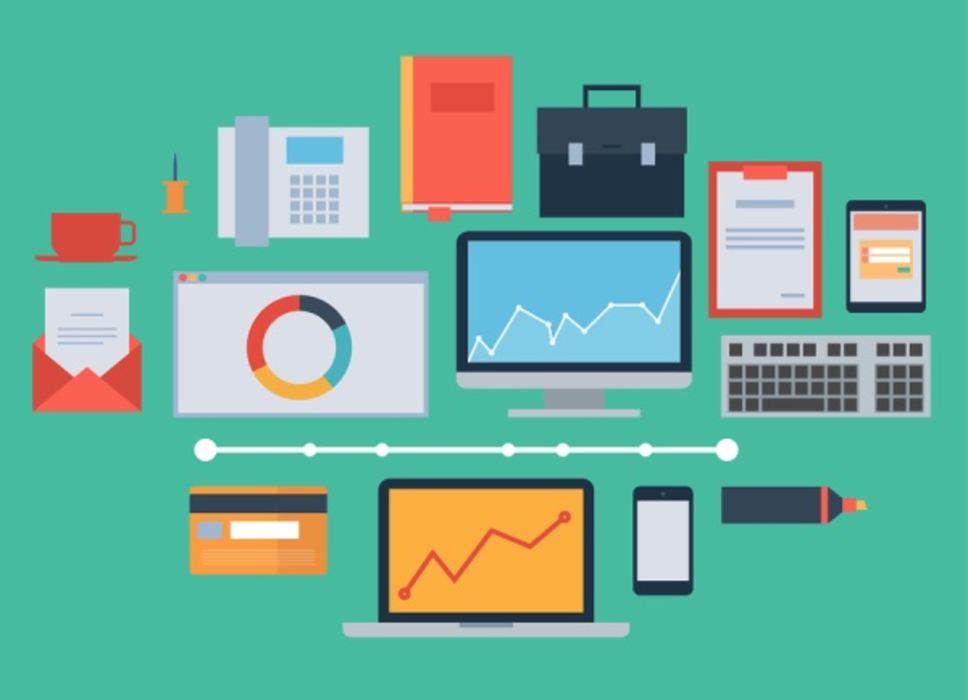There are more than 10 billion devices today in the vast, interconnected network known as the Internet of Things.
“By 2020 it’s estimated there will be 30 billion objects connected to each other,” said Jim Davis, EVP and CMO of data and analytics giant SAS at the company’s annual global forum in Dallas. Davis stressed the importance of looking past devices and delving deeper into the data, pulling the analytics, and gathering insights.
In fact, Davis’ thoughts mirror a 2014 study from the Pew Research Center; analysts projected that by 2025 the Internet of Things will thrive in most every aspect of life; they say this immense network of devices, appliances, cars, clothes, and even sensor-laden elements of the environment will be connected and will exchange data.
In a one-on-one sit down with Direct Marketing News, Davis encouraged marketers to focus on newer, perhaps more accurate, terms rooted in insights: the Internet of Things Analytics, the Internet of Analytics, Analytics of Things, and even the Things of Analytics, each coined by big data influencers and authors to describe the shift from solely device to data.
“What we first have to do is capture that data, and then look for previously unforeseen patterns in that data so that we can look at things from an opportunistic perspective,” Davis said. “And then I think that we, as marketers, need to figure out the best way to communicate our value propositions [to customers]—via the Internet—as part of this connected world.”
Its not about the IoT, it’s about the AoT Analytics of Things SAS CMO Jim Davis #SASanz #SASEC15 pic.twitter.com/cfP63y4xvP
— Amar Vohra (@AmarVohra) April 27, 2015
Davis explained that it’s not just about how much data those devices produce—which, no doubt, is a lot. But it’s about determining why—i.e., identifying the reasons—the data is important to the consumer, and ergo the marketer.
“So as we begin to look at the why, we have to introduce analytics,” Davis explained. “So rather than IoT for Internet of Things, maybe it needs to be AoT—Analytics of Things. We apply analytics to the Internet of Things to begin to leverage what’s going on out there.”
Davis says that this updated view allows marketers to predict customers’ wants and behaviors and, in effect, create messages and products that are more relevant.
“And it’s not about that this will replace those other traditional channels—say email, call centers, snail mail offers, mobile, or even social,” he says. “Instead, we have to blend the channels into a single user experience. So this represents a powerful, new way of communicating with our customers—a new method that we need to take advantage of.”
Davis said on a final note that in the future, and even today, the Analytics of Things will allow marketers to take segmentation and personalization to the next level. “As we look at the analytics of the future, specifically as it relates to marketing, a segment becomes a single person, as opposed to a group of people,” he said. “And if we can truly address an individual’s needs rather than a segment’s needs, we’re going to go far. Much more than we would have ever dreamed in the past—or even now.”







